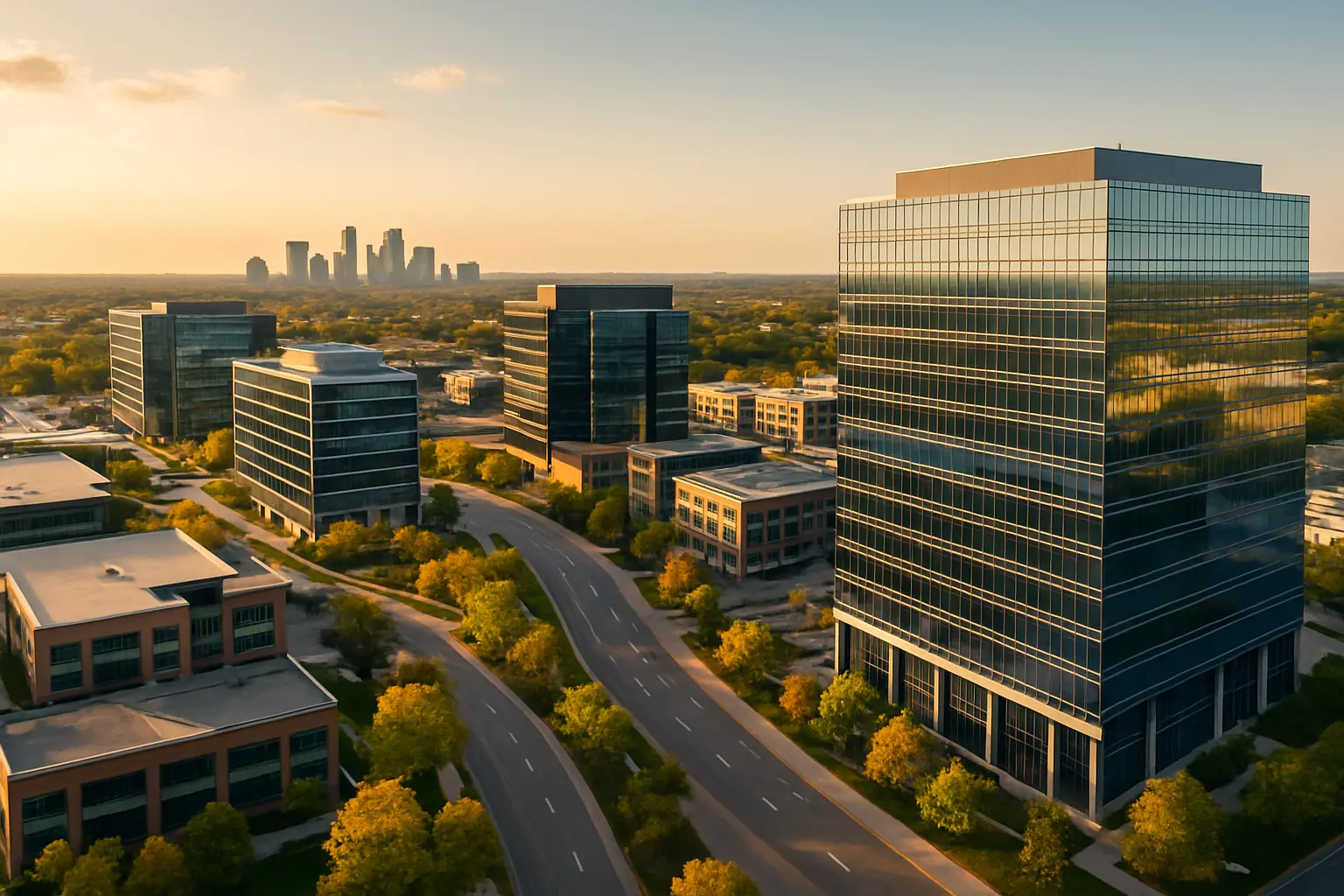The Twin Cities Tech Corridor: How Minneapolis' Western Suburbs Are Reshaping Commercial Real Estate
Discover how the synergy between Minneapolis and its western suburbs is creating unprecedented opportunities for investors and businesses.

The Emergence of a New Commercial Hub
The Twin Cities metropolitan area is witnessing a remarkable transformation as its western corridor emerges as a powerhouse of commercial development and technological innovation. Stretching from downtown Minneapolis through Saint Louis Park to Eden Prairie, this dynamic region is rapidly becoming Minnesota's answer to Silicon Valley, but with a distinctly Midwestern approach to growth and community building.
What sets this corridor apart is its strategic evolution from traditional suburban sprawl to a carefully planned ecosystem of commercial, residential, and recreational spaces. The western suburbs are no longer just bedroom communities – they're becoming destinations in their own right.
The Perfect Blend: Mixed-Use Developments Redefining Standards
Edina and Hopkins are leading the charge in reimagining suburban development with innovative mixed-use projects that are setting new benchmarks for work-life integration. These communities are creating environments where technology companies can thrive while offering employees the quality of life that Minnesota is famous for.
Standout Developments
- The Edina Innovation District: A 50-acre development combining Class A office space with luxury residential units and artisanal dining options
- Hopkins Tech Center: A sustainable campus featuring collaborative workspaces, research facilities, and public green spaces
- West End Expansion: Saint Louis Park's growing entertainment and business hub, now home to several tech startups
Commercial Growth Catalysts
The western corridor's success isn't happening by chance. Several key factors are driving this transformation:
Tech Company Migration
Major technology companies are increasingly choosing the western suburbs for their regional headquarters, attracted by lower costs compared to downtown locations and the ability to design purpose-built facilities. The area has seen a 40% increase in tech-sector employment over the past three years.
Startup Ecosystem
A network of incubators, accelerators, and co-working spaces has created a fertile ground for startups. The presence of established companies has also led to a spillover effect, with former employees launching their own ventures in the area.
"The western suburbs have achieved something remarkable – they've created an environment where Fortune 500 companies and startups can coexist and thrive together," notes a prominent local real estate developer.
Infrastructure and Accessibility
Significant investments in transportation infrastructure, including expanded light rail services and enhanced road networks, have improved connectivity throughout the corridor. This has made the area more attractive to both businesses and employees.
The Future of Twin Cities Commercial Real Estate
The western corridor represents more than just a real estate trend – it's a blueprint for sustainable suburban development in the modern era. Investors are taking notice, with commercial property values in the corridor showing consistent appreciation.
Key investment opportunities include:
- Class A office space with modern amenities and sustainable features
- Mixed-use developments that combine retail, office, and residential components
- Research and development facilities catering to the technology sector
- Last-mile logistics centers supporting the growing e-commerce presence
The western suburbs are proving that with thoughtful planning and strategic development, areas once considered peripheral can become central to a region's economic future. As this transformation continues, the Twin Cities Tech Corridor is positioned to become a model for other metropolitan areas looking to adapt to the changing needs of modern businesses and their workforce.


